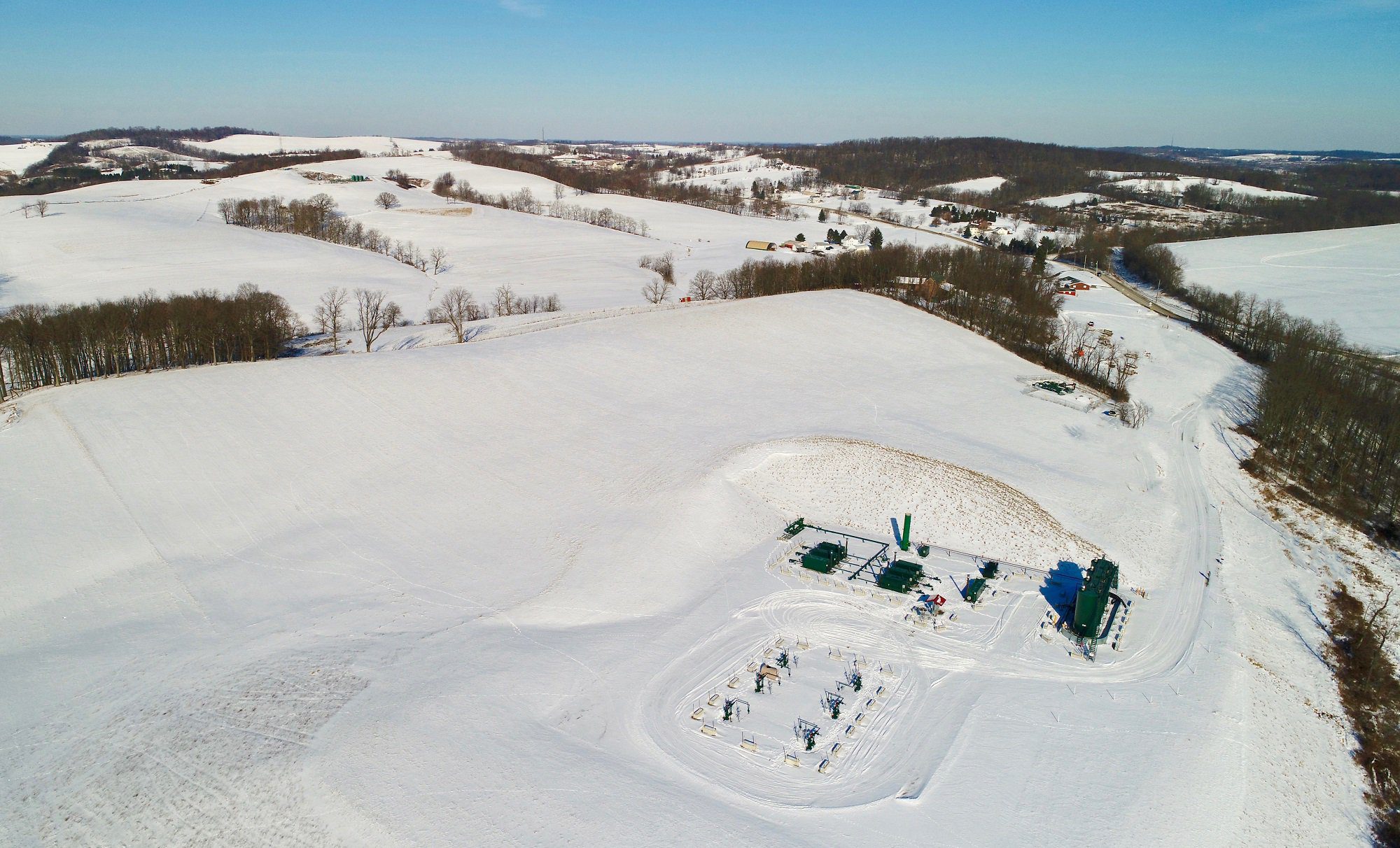Extreme weather, a surge in electrification and premature baseload power plant retirements are driving up energy demand and raising electric grid reliability concerns, but Pennsylvania’s natural gas industry is providing the affordable and reliable power when it’s needed most.
“The resource that keeps the lights on is natural gas,” Jim Robb, CEO of the North American Electric Reliability Corp. told a joint hearing of Pennsylvania and Ohio grid operators, regulators and lawmakers earlier this month.
That statement has rung true throughout the winter months, with the regional electric grid operator – PJM Interconnection – underscoring natural gas kept millions of Pennsylvanians and Americans warm and their lights on as freezing temperatures from Winter Storm Gerri swept much of the Midwest and Northeast January 13-22, 2024.
Overall, PJM noted minimal natural gas production interruptions in the northeast/Appalachian region and strong pipeline performance with minimal capacity or pressure impacts. This performance comes despite the peak demand load for Winter Storm Gerri being nearly the same as experienced during the Christmas 2022 polar vortex. PJM also noted that it was able to offload approximately 10% of generation within its footprint to help neighboring electric grids meet their customer demand, as those grids continue to deal with the loss of traditional baseload generation and increase their reliance upon intermittent generation sources like wind and solar.
In addition to enhanced weatherization measures Pennsylvania’s natural gas sector has implemented over the years in preparation for extreme weather, PJM and operators, pipeline controllers and generators also improved communication efforts while monitoring and sharing real-time operating conditions and forecasts.
Not only did this collaboration improve system efficiencies across the board, Pennsylvania’s abundant supply of energy meant PJM could export 10% of power to neighboring regions that faced challenges meeting demand . Specifically, Pennsylvania exported 11,094 MW per hour during the storm, which is enough electricity to power over 10 million homes.
When power demand surged, natural gas delivered.

Federal Energy Regulatory Commission (FERC) Commissioner Mark Christie highlighted that dispatchable resources, namely natural gas, were how grid operators and utilities could maintain power during Gerri. Generator outages during the storm were largely nominal when compared to the prior 12 months.

Natural gas accounted for 44% of PJM’s generation capacity in 2023, meaning stable and reliable energy from the Commonwealth is critical to maintain reliable and resilient power for PJM’s over 65 million customers, especially during times of peak demand.
“In order to decarbonize the electric grid in a reliable, affordable and responsible manner, we will need to continue utilizing efficient, flexible gas-fired generation,” said Paul Segal, the CEO of LS Power, which acquired a 810 MW combined-cycle power station near Gettysburg. “This is particularly critical at a time when demand for electricity is growing at the fastest rate in decades.”
Despite the significant reliability, environmental and cost benefits natural gas affords the electric power sector, short-sighted policies across the U.S. are promoting the premature retirement of thermal power plants.
However, no fuel has done more to cut emissions from the power sector than natural gas, as federal data shows gas contributed nearly twice as much to emission reductions than other fuels – including renewables – in the U.S. power grid. Here at home, Pennsylvania power sector emissions are down 44% compared to peak 2005 levels, as natural gas’ generation soared from 5% to 52% in the Commonwealth during that same time period.
As second largest natural gas producer, responsible for nearly 20% of the U.S.’ total natural gas production, Pennsylvania has the critical resources to supply clean, reliable and affordable energy. The reliability of the natural gas and power sectors during Winter Storm Gerri underscores the need for commonsense policies that preserve energy security, support the role of natural gas in a sustainable future, and benefit all consumers.





